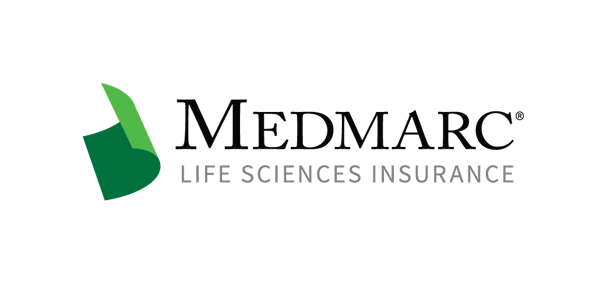Products Liability Lessons from the Ninth Circuit’s Ruling on Dan Abrams Co. v. Medtronic Inc.
The United States Court of Appeals for the Ninth Circuit has set forth a key ruling in Dan Abrams Co. v. Medtronic Inc.; reasserting an important precedent for off-label use and creating a wrinkle in the contraindicated use of FDA-approved devices. This case focused primarily on the False Claims Act, with allegations related to marketing devices used in spinal fusion surgeries for an off-label and contraindicated use; fraudulently obtaining Food and Drug Administration clearance; and violation of the Anti-Kickback Statute (AKS) by entering into rebate agreements with hospitals and providing remuneration to physicians.
The key issues discussed in this blog post are the arguments regarding off-label and contraindicated use. The court aptly stated that “[t]he federal government does not distinguish between on-label and off-label uses in determining whether to pay for medical devices. Rather, to be reimbursable, a device must (1) have FDA approval/clearance, (2) be “reasonable and necessary,” and (3) meet any other pertinent regulations.” In the instant case, the device had received approval as a Class II device, through the 510(k) pathway. Additionally, the court reiterated past precedent in finding that contraindicated use has been accepted historically, if the medical professional using the device finds the use to be reasonable in treating the illness. Off-label use has long been found to be an effective practice. It decreases the cost of healthcare, and it can be of great benefit when all other treatment options have been exhausted. The Ninth Circuit upheld the dismissal regarding off-label use of the device for these reasons.
While off-label use of a product may be acceptable in the reimbursement context—and even necessary, medically speaking, to treat a patient—it potentially opens the door to products liability claims, namely those that arise from a failure to warn. Under products liability law, a manufacturer has a duty to warn product users about hazards associated with the product and how to avoid them. Someone injured by a product may be able to recover successfully against a manufacturer for injuries sustained because of defective warning information. Returning to the connection to off-label uses, a product’s label is often written only for the “intended use” of the product. Under regulatory law, the intended use of the product is the use for which the product is approved, meaning the product's safety information addresses only the intended/approved use of the product. An off-label use, then, may not be addressed at all by the product’s labels, warnings, and instructions, potentially setting the stage for a failure to warn argument if the manufacturer’s warnings can be shown to be inadequate as to the relevant risks.
The second and more pertinent cause of action at issue in Dan Abrams Co. v. Medtronic Inc. was the relator’s allegation that the defendant violated the False Claims Act by defrauding the FDA. The relator alleged that FDA clearance was secured by the defendant for a Class II device. However, the primary use that was specified to obtain Class II treatment was not the actual use of the medical device. The only use of the medical device was the contraindicated use, which would place the device in Class III. Additionally, the contraindicated use was not an extra use of the device. It was the only use of the device. In essence, the relator alleged that the defendant had falsely stated the incorrect use of the device to take advantage of the comparatively facile 510(k) process and to avoid the more complicated premarket approval (PMA) process. The Ninth Circuit reversed the dismissal of fraud on the FDA where the contraindicated use is the only use.
Although this case sounds in regulatory law, it has salient repercussions for products liability causes of action. It brings to focus considerations for designers and manufacturers of medical devices. If you misstate the use of your medical device to get Class II treatment and take advantage of the 510(k) process, you are potentially misstating the hazards. This will have implications for your labels and warnings as well. It may give rise to a failure to warn claim. A key part of products liability risk management is honest and appropriate labeling and representation of your device. A mislabeled and misrepresented device will create tremendous hurdles in defending the device against a products liability cause of action. Where off-label and contraindicated uses are contemplated in the design process, it is best to proceed with caution and to resist taking shortcuts to FDA approval.
For additional resources contact the Marketing department
Phone: 888-633-6272
Medmarc is a member of ProAssurance Group, a family of specialty liability insurance companies. The product material is for informational purposes only. In the event any of the information presented conflicts with the terms and conditions of any policy of insurance offered from ProAssurance, its subsidiaries, and its affiliates, the terms and conditions of the actual policy will apply.
Copyright © 2025 - Medmarc
